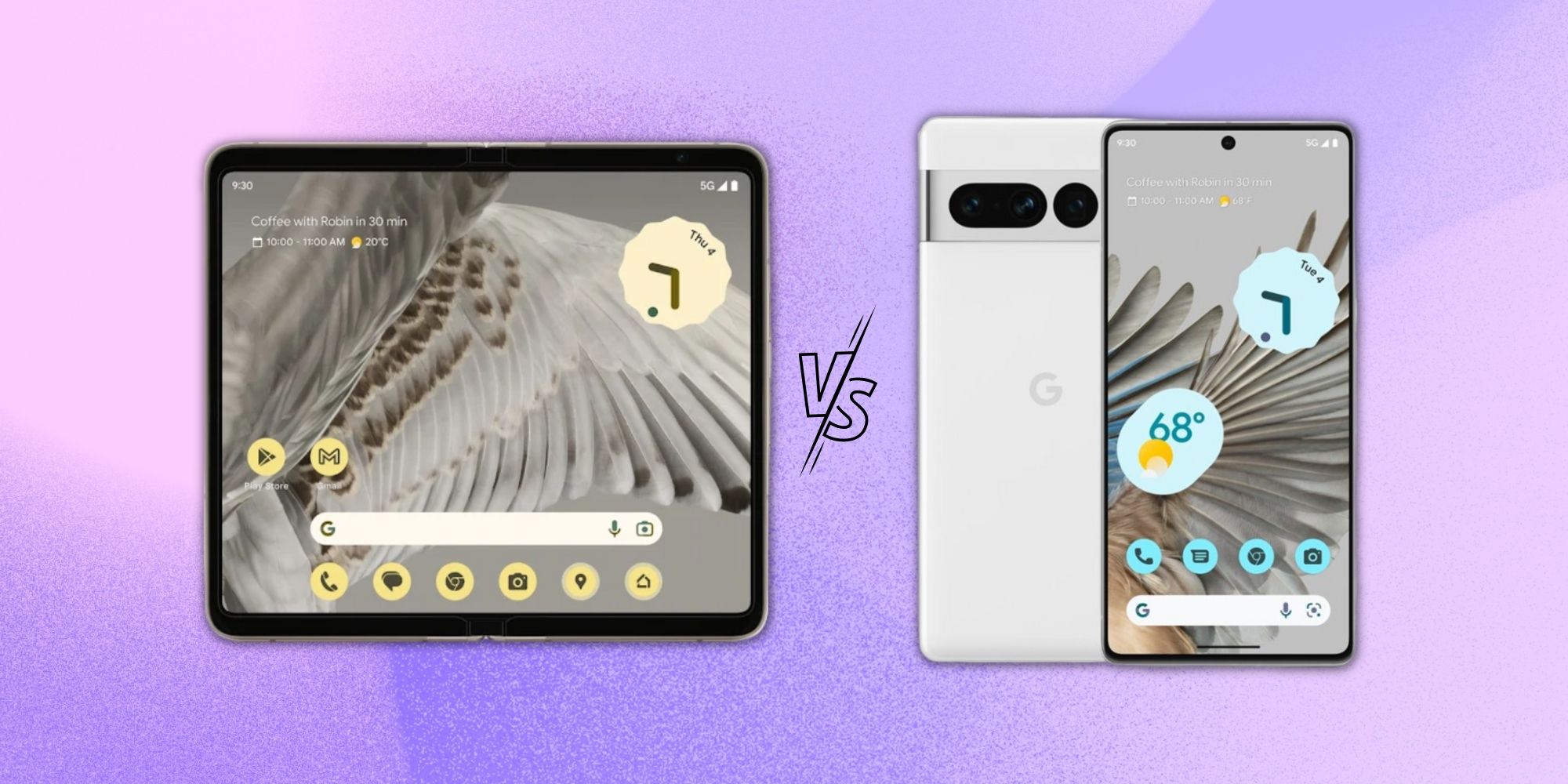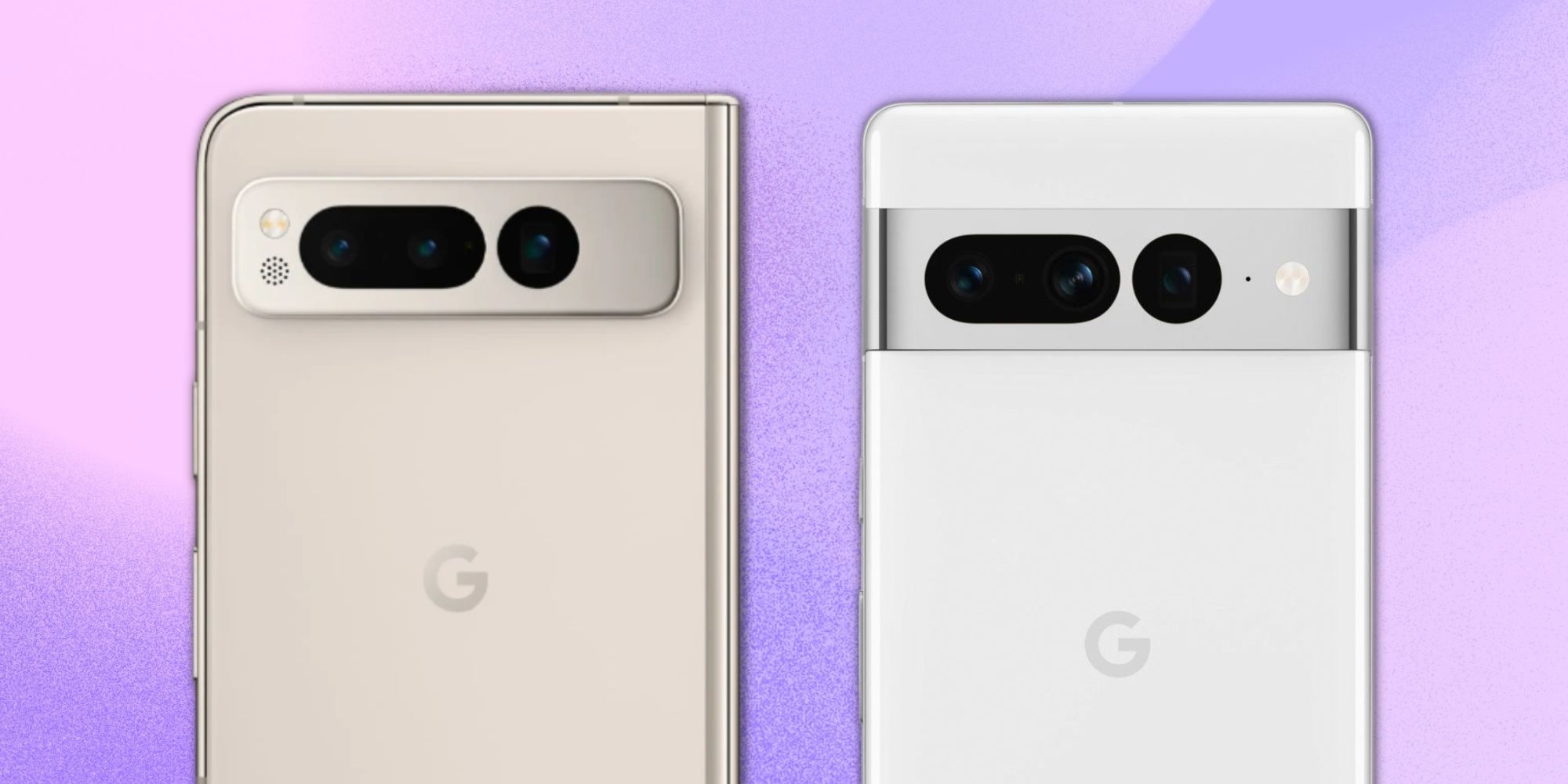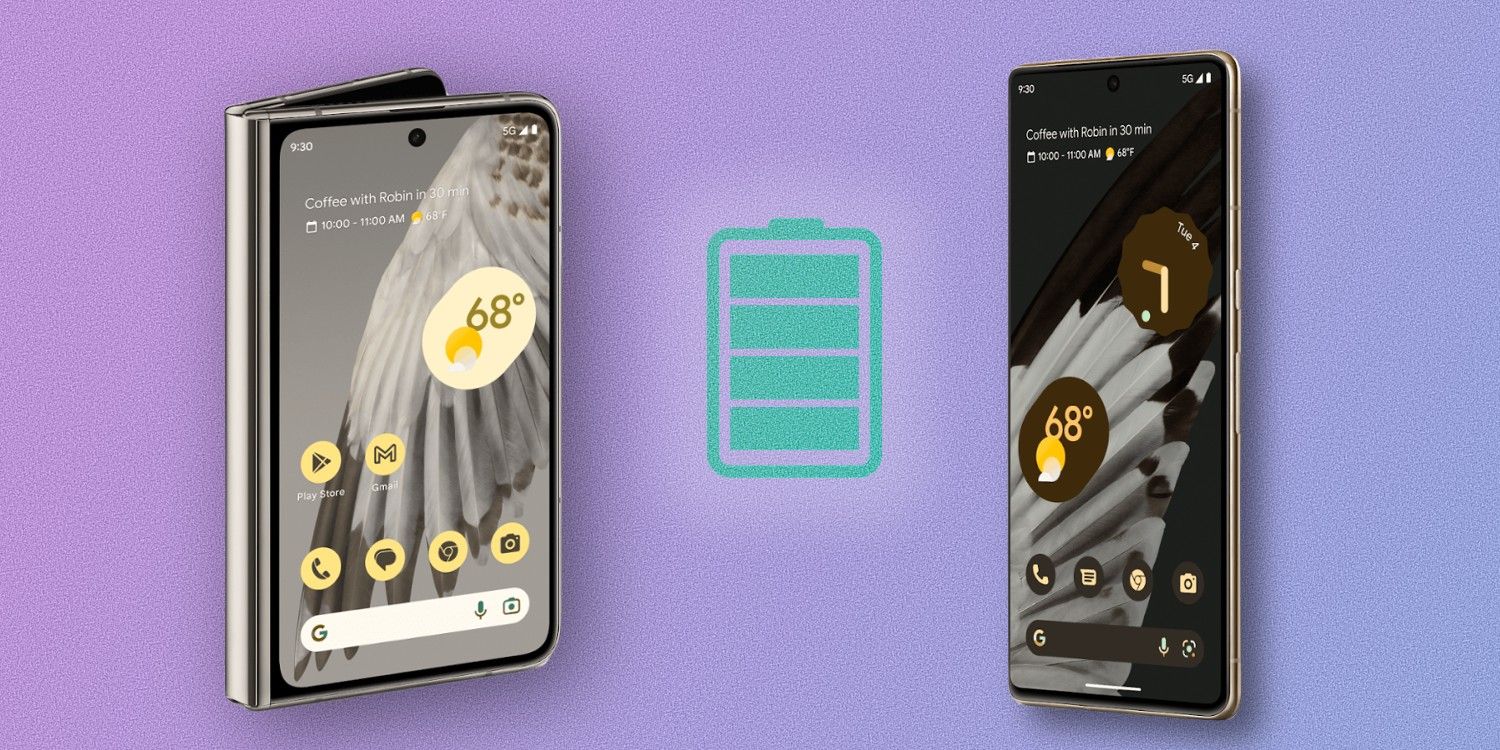Google released the Pixel Fold on May 10 during its I/O 2023 event as its most expensive smartphone, but does the phone justify a $1,000 premium over the Pixel 7 Pro? The Pixel Fold is currently available to pre-order on the company's website for $1,799, whereas the Pixel 7 Pro costs $799. This massive price difference would make buyers think twice before putting their money in the clamshell foldable phone.
Like other foldables in the segment, the Google Pixel Fold comes with a 5.8-inch OLED (408 ppi, 1,550 nits peak brightness) cover display and a 7.6-inch OLED (380 ppi, 1,450 nits peak brightness) internal folding display. On the other hand, the Pixel 7 Pro has a slightly sharper 7.6-inch OLED (512 ppi, 1,500 nits peak brightness) screen. Clearly, the Pixel Fold provides more screen estate to interact with apps, which makes it better for multitasking. However, as a conventional slab-type phone, the Pixel 7 Pro's display doesn't feel small either.
Pixel Fold Vs. Pixel 7 Pro: Performance & Camera
Under the hood, both phones are powered by the Google Tensor G2 (5nm) chipset, and hence, should deliver similar performance. Both phones come with 12GB of LPDDR5 RAM, but when it comes to storage, the Pixel Fold offers two variants, including 256/512GB, whereas the Pixel 7 Pro starts from 128GB and goes up to 512GB. Both phones ship with Android 13 and are eligible for major operating system updates for three years from their release date.
When it comes to cameras, Google's Pixel 7 Pro is the clear winner. Even though both phones come with a triple rear camera setup, the Pixel 7 Pro offers a larger 50MP (f/1.7, 1/1.31") primary sensor as opposed to the 48MP (f/1.7, 1/2") on the Pixel Fold, which should result in better low light performance. The 12MP (f/2.2, 125.8-degrees) ultrawide sensor on the Pixel 7 Pro provides a wider view than the 10.8MP (f/2.2, 121.1-degrees) on the Fold. Even the 48MP (f/3.5) telephoto lens on the 7 Pro offers more sharpness than the Pixel Fold's 10.8MP (f/3.05) lens.
Regarding front cameras, the Pixel 7 Pro has a 10.8MP (f/2.2, 92.8-degrees) shooter, whereas the Fold has a 9.5MP (f/2.2, 84-degrees) sensor. Last but not least, the Pixel 7 Pro offers Macro Focus and Cinematic Blur, features that are missing on the more expensive Fold. Nonetheless, the foldable gets features like Super Res Zoom (up to 20x), Magic Eraser, Photo Unblur, and Night Site. It can record videos up to 4K at 60 fps, too, similar to the Pixel 7 Pro.
Battery Life & Charging
Although both phones are rated to last beyond the 24-hour mark, Pixel 7 Pro has a larger 5,000 mAh battery that supports up to 23W wired/wireless charging. In contrast, the Pixel Fold has a 4,821 mAh battery whose charging rates aren't specific on the official landing page. Other common features include 5G connectivity, Wi-Fi 6E, an ultrawideband chip for spatial awareness, NFC, Google Cast, and a fingerprint scanner.
Moreover, the Pixel Fold is a premium foldable phone for enthusiasts, as not everyone can afford the $1,799 phone. It offers the benefits of a large screen, and a different user experience. Whereas, the Pixel 7 Pro is a flagship Android phone for the masses, as it costs between $799 to $899.



